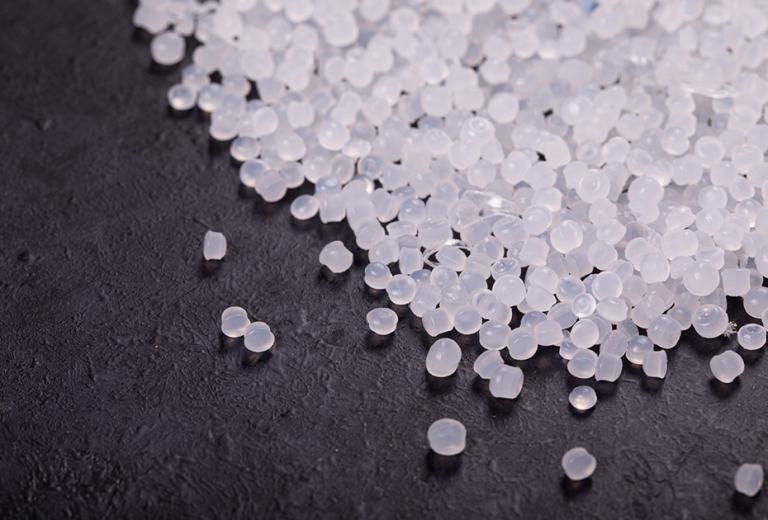On the Way to Regulate Microplastics in Europe
In recent years, microplastics evolved from the miracle material for many industries to the black sheep due to their harmful potential on health and environment at the end of a product’s life cycle.
The Annex XV
After publication of the Socio-Economic Analysis Committee’s (SEAC) and Risk Assessment Committee’s (RAC) compiled opinion on the “Annex XV dossier proposing the restriction on intentionally-added microplastics" one may say that this regulation is now just ahead of the last hurdles, namely the decision of the European Commission and the scrutiny by European Council and Parliament. At this moment of time nobody knows precisely how the final version of the regulation will look like, however, all stakeholders should start preparing for what is going to come.
Microplastics are defined as either plastic particles with all sizes < 5 mm or fibres with sizes < 15 mm and length to diameter ratios higher than 3. In recent years, many scientific reports highlighted that microplastics represent a growing threat for health and environment as small plastic particles may be found in (almost) all living organisms, in water and in air. Therefore, some efforts to reduce the release of microplastics into the environment have already been made by the legislators around the world (e.g. US Microbead-Free Waters Act of 2015, New Zealand’s Waste Minimisation (Microbeads) Regulations 2017). Besides the ban of the single-use plastics and the attempts on chemical recycling of plastic waste (as all these items represent an important source of non-intentionally produced microplastics), several countries started to regulate also the primary (intentionally produced in low sizes) microplastics. One of the most ambitious intention is represented by the restriction proposal of the European Chemical Agency published in 2018.
According to this, the use of microplastics will be generally banned after the expiration of various transition periods, though the industrially used microplastics will be further allowed under some prerequisites.
The Annex XV report on the restriction of the intentionally added microplastics admits that the restriction in this proposed form would reduce the total microplastic release into the environment by (only) about 2%. However, this restriction would affect many industries, with cosmetics and agriculture being amongst the most affected. Besides the restrictions, the reporting obligations, which might come into force, will involve additional documentation work especially for the chemical industry.
The stakeholders have to ask themselves if, and in which way, their products might be affected by the coming regulation. Possible questions to be considered are, e.g.: how much time remains until the sunset date of certain ingredients? Might the polymers be considered as water soluble and/or biodegradable? Which are the reporting obligations?
knoell is already prepared to give recommendations on every aspect of this legislation still to come: we assess the impact of the restriction on your portfolios and check for compliance issues. In addition, we can develop customised compliance strategies, tailored to your needs, in order to optimise efficiency of required activity as well as to minimise the costs related to the new regulation.

